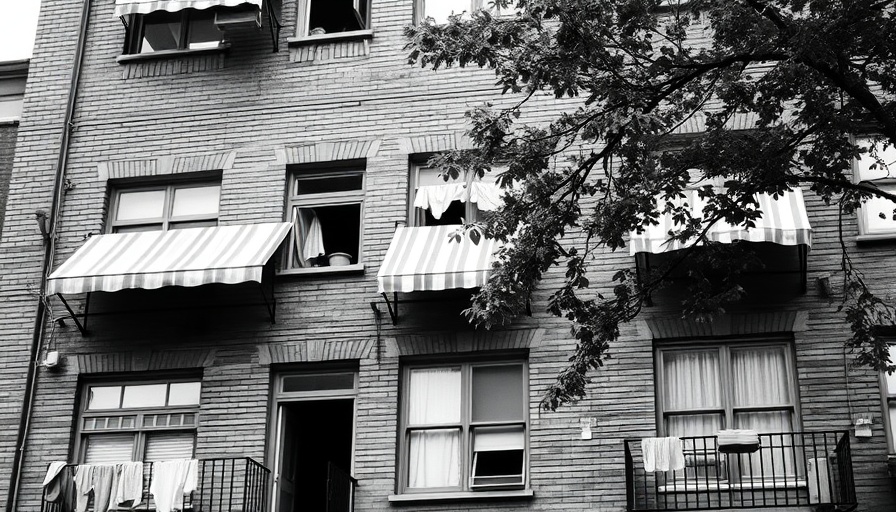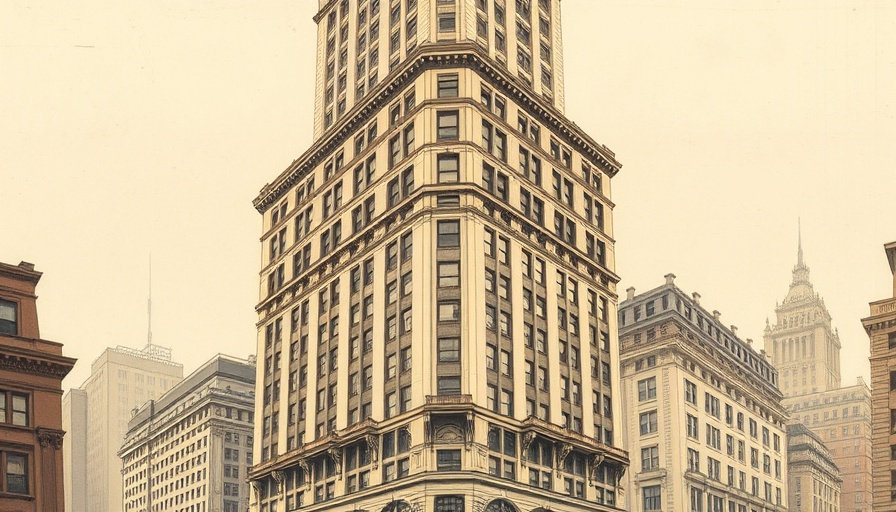
Cool Solutions: A Glimpse into Pre-AC New York
As summer temperatures soar, one can't help but wonder how New Yorkers survived the sweltering heat prior to the widespread use of air conditioning. The approach to beating the heat varied greatly depending on one's income bracket. Wealthy residents often retreated to cooler climes, flocking to resorts like Newport, while the middle class found solace in more affordable coastal getaways like Coney Island.
Awnings: The Unsung Heroes of Urban Cooling
For many who remained in the city, especially in cramped tenements and modest rowhouses, canvas awnings served as a practical, low-cost solution. These colorful additions to windows not only blocked harsh sunlight but also helped keep indoor spaces tolerable, making life in hot weather a bit more bearable. Unlike air conditioners, which require significant energy usage, awnings drew no electricity and were manageable for individuals of all social standings.
Confronting Today's HVAC Obsession
The aesthetic appeal of canvas awnings may be debated, but one must consider: do they look any worse than the unsightly air conditioning units that now hang off buildings across New York City? As we gaze upon these relics of the past, it's clear that the ingenuity of everyday New Yorkers allowed them to adapt and thrive in an ever-changing urban landscape.
The Impact of Climate on Urban Living
As we think about the past, it's important to dissect today's climate implications. In an era where global warming is increasingly evident, understanding historical methods of cooling can inspire innovative, sustainable solutions. Why not look to our heritage for inspiration on energy-efficient living in urban environments? By revisiting the clever techniques used by our predecessors, we can merge tradition with modern needs, enhancing our cities’ resilience against soaring temperatures.
This exploration of New York's cooling history not only evokes nostalgia but also urges us to think critically about the sustainable solutions we can adopt today. Exploring innovations born from necessity can lead to favorable changes in how we approach urban living.
 Add Row
Add Row  Add Element
Add Element 



Write A Comment